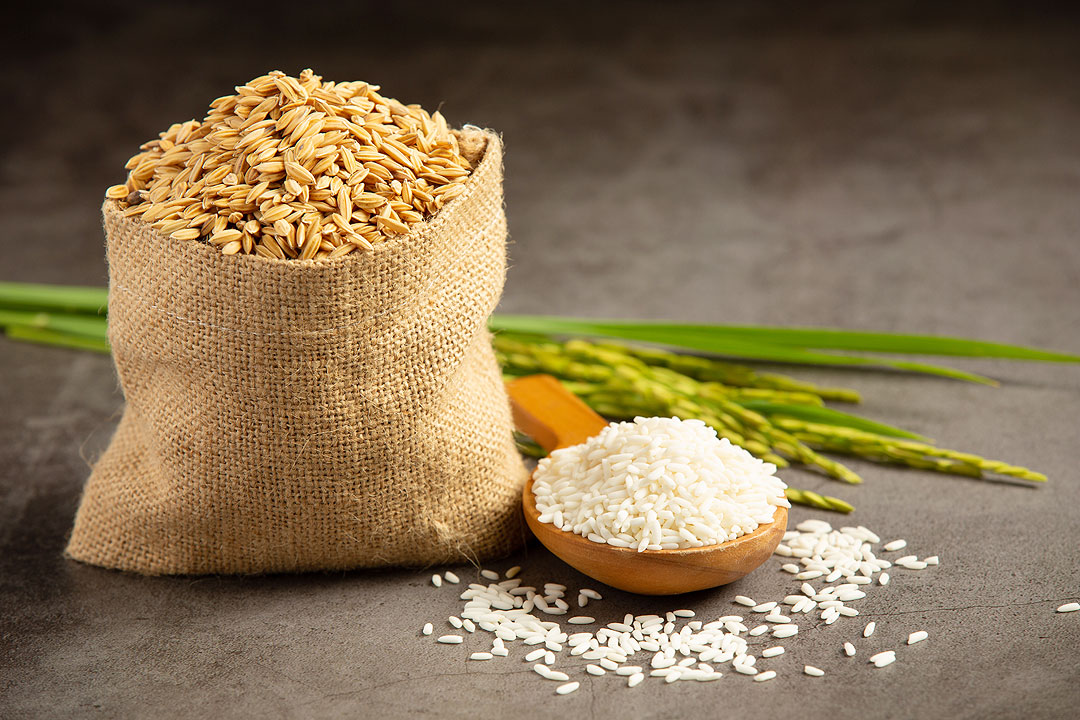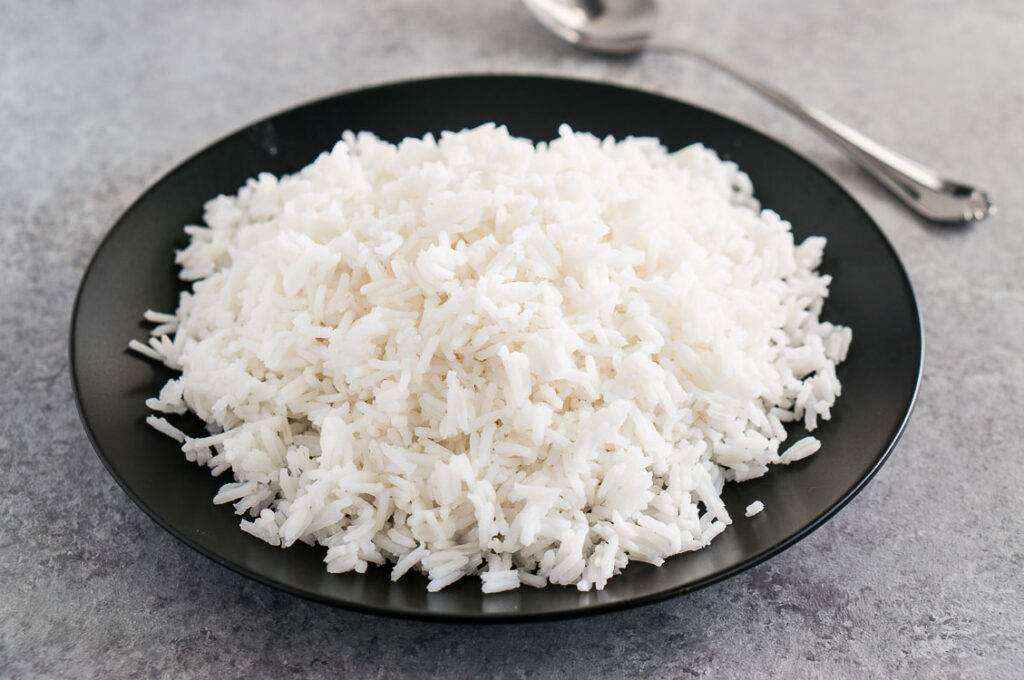The Ultimate Sambar Rice Recipe: A Symphony of Flavors in Every Bite
Written By James Morgan
Welcome to the world of Sambar Rice Recipe, a beloved dish from South Indian cuisine that combines the richness of lentils, the freshness of vegetables, and the aromatic essence of spices into one delightful meal. Whether you're a seasoned cook or a beginner in the kitchen, this comprehensive guide will help you master the art of making sambar rice just the way it should be. So, grab your apron and let's get cooking!

What is Sambar Rice?
Sambar rice is a versatile, hearty dish that's perfect for any meal, from breakfast to dinner. It's an all-in-one meal that's not only delicious but also packed with nutrients. The dish originated in the southern regions of India but has gained popularity across the country and even globally. The main components of sambar rice are rice, lentils, and a medley of vegetables, all simmered in a spicy and tangy tamarind broth. This dish is often enjoyed with a side of papadum or pickle, making it a complete and satisfying meal.
:max_bytes(150000):strip_icc()/how-to-make-basic-white-rice-2355883-10-5b0da96eba6177003622896e.jpg)
Ingredients You'll Need
Before we dive into the cooking process, let's gather all the ingredients you'll need to make this delectable sambar rice recipe. Each ingredient plays a crucial role in creating the perfect balance of flavors, so make sure to have everything ready.
For the Rice:
- 1 cup of rice (using a rice cooker can save time)
- 2 cups of water
- 1/2 teaspoon of turmeric powder
- Salt to taste
For the Sambar:
- 1/2 cup of toor dal (pigeon peas)
- 1/2 teaspoon of turmeric powder
- 1 tablespoon of tamarind paste
- 1 large onion, chopped (using a knife and cutting board)
- 2 tomatoes, chopped
- 1 cup of mixed vegetables (carrots, beans, peas, etc.)
- 1/2 teaspoon of mustard seeds
- 1/2 teaspoon of cumin seeds
- 2 dried red chilies
- 1/4 teaspoon of asafoetida
- 1 sprig of curry leaves
- 1 tablespoon of sambar powder
- Salt to taste
- 2 tablespoons of oil
- Cilantro for garnish

Cooking Instructions
Step 1: Preparing the Rice
Start by washing the rice thoroughly under running water. This helps in removing the excess starch and makes the rice less sticky. Once the rice is washed, add it to the rice cooker along with 2 cups of water, 1/2 teaspoon of turmeric powder, and salt to taste. Cook the rice until it's fully done and set it aside. The turmeric will give the rice a beautiful yellow color and a subtle earthy flavor.
Step 2: Cooking the Toor Dal
While the rice is cooking, rinse the toor dal under cold water. Add the rinsed dal to a pressure cooker along with 1/2 teaspoon of turmeric powder and 1.5 cups of water. Cook the dal until it's mushy and can be easily mashed with a spoon. Depending on your pressure cooker, this should take about 4-5 whistles. Once done, set the cooked dal aside.
Step 3: Making the Sambar
Heat 2 tablespoons of oil in a large pan over medium heat. Add the mustard seeds and let them splutter. Then, add the cumin seeds, dried red chilies, asafoetida, and curry leaves. Saut these spices until they release their aroma. Next, add the chopped onions and saut them until they are golden brown. This will add a sweet and caramelized depth to the sambar.
Once the onions are done, add the chopped tomatoes and cook until they become soft and mushy. Now, it's time to add the mixed vegetables. Add the carrots, beans, peas, or any other vegetables of your choice. Saut them for a few minutes before adding the tamarind paste and 2 cups of water. Let the mixture come to a boil.
Once the vegetables are halfway cooked, add the sambar powder and salt to taste. Mix everything well and let it simmer until the vegetables are fully cooked. Now, add the cooked toor dal and mix it well into the sambar. Let it simmer for another 5-10 minutes to allow all the flavors to meld together.
Step 4: Combining the Rice and Sambar
Sambar rice is best enjoyed when the rice and sambar are thoroughly mixed together. Add the cooked rice to the pan of sambar and gently mix everything until the rice is well-coated with the sambar. Be careful not to mash the rice too much. Garnish with fresh cilantro for an added burst of flavor and color.

Serving Suggestions
Sambar rice can be served hot with a side of crispy papadum or a tangy pickle. For an authentic South Indian experience, you can pair it with a bowl of yogurt or raita. This dish is not only a comfort food staple but also a crowd-pleaser at any gathering. The flavors are so harmonious that it's sure to become a favorite in your household.
Pro Tips for the Perfect Sambar Rice
Here are some tips to elevate your sambar rice recipe to the next level:
- Use fresh, seasonal vegetables for the best flavor and nutritional value.
- Adjust the amount of spice according to your heat tolerance. You can add more or fewer dried red chilies and sambar powder.
- If you like your sambar rice to be more tangy, you can add a bit more tamarind paste.
- For a richer flavor, you can add a teaspoon of ghee (clarified butter) while serving.
Health Benefits of Sambar Rice
Sambar rice is not only delicious but also packed with health benefits. The combination of rice, lentils, and vegetables makes it a balanced meal with a good mix of carbohydrates, protein, and fiber. The spices used in the sambar, such as turmeric, cumin, and asafoetida, have anti-inflammatory and digestive properties. This dish is also vegetarian and can be made vegan by using oil instead of ghee.
Frequently Asked Questions
Can I use different types of dal?
Yes, you can use different types of dal like moong dal or masoor dal. However, toor dal is the most commonly used for its unique flavor and texture.
Can I make sambar rice in advance?
Yes, you can make sambar rice in advance and store it in the refrigerator for up to 2 days. Reheat thoroughly before serving.
How can I make this dish gluten-free?
Most of the ingredients used in the sambar rice recipe are naturally gluten-free. Just make sure to check the labels on your sambar powder and asafoetida, as some brands may contain gluten.
Enjoy cooking this delightful Sambar Rice Recipe that will tantalize your taste buds and nourish your body. Happy Cooking!
As an Amazon Associate, I earn from qualifying purchases.
For easy cleaning of your cookware, check out this Cookware Cleaner. Also, take care of your cutting board with some Cutting Board Oil.
Explore more delicious recipes:



